Geo Science Group
Since the discovery of Digboi in 1889, OIL has been harnessing the nation’s energy from the densely vegetated terrains of the East to the arid regions of the West to the vast oceans surrounding us. OIL has a dedicated team of geophysicists and geologists who plays a crucial role in the exploration and development of oil and gas resources. From Seismic Data Acquisition to Data Processing and Interpretation and Reservoir Characterization, the team plays an integral role in discovering and exploiting new oil and gas reserves, ensuring sustainable and efficient energy production.

Geophysics:
Geophysical techniques of exploration play a pivotal role in exploration & development of hydrocarbon fields, and amongst others, seismic prospecting technique is probably the most accurate and reliable method of exportation.
The primary role of Geophysics Department is to apply these geophysical methods for exploration & development requirements of OIL and provide the insight to the interpreter to build the realistic sub-surface model.
Primarily, in oil exploration business, Seismic Acquisition, Processing & Interpretation coupled with reservoir geophysics studies holds the key importance. Nevertheless, other non-seismic methods have equal importance at various stages of exploration.
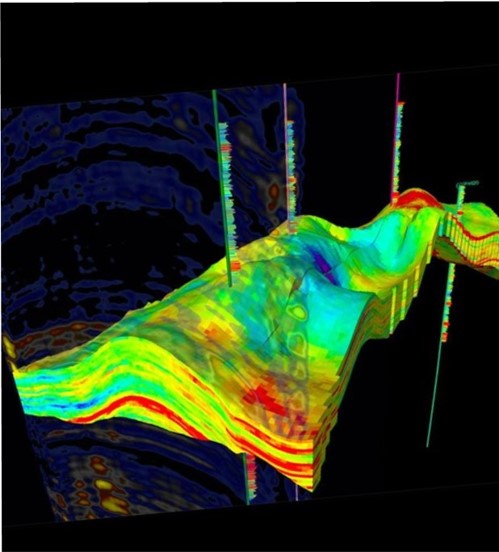
Geology – Main Producing Area :
Exploration and field development activities within OIL’s Main Producing Area are led by OIL’s dedicated team of geologists, reservoir engineers, petro-physicists, and geophysicists. They are committed to geology and reservoir engineering activities to achieve the maximum potential of the Upper Assam Shelf in the Assam-Arakan Basin by embracing innovative technologies and seek opportunities to enhance existing practices.
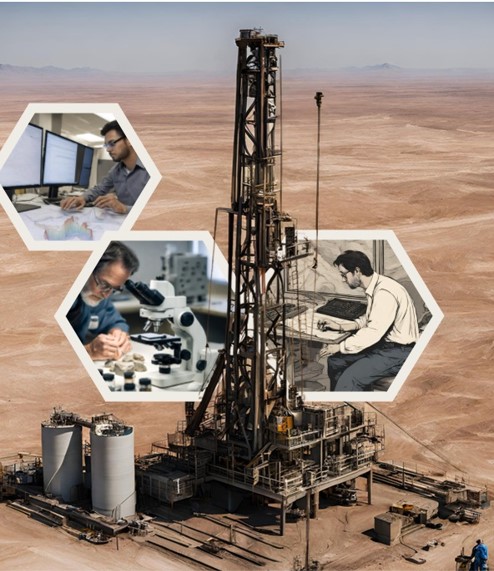
Rajasthan :
The geoscience team at Rajasthan Fields started with their first seismic survey in 1980s. Discovery was made in Jaisalmer Basin through well Tanot-1 (1988) followed by discoveries in Dandewala & Bagitibba fields. Subsequently, the Baghewala field in Bikaner-Nagaur Basin (1991) was discovered through well Baghewala-1 and first NELP discovery of OIL through well Punam-1 (2012) in Block RJ-ONN-2004/2.
The Rajasthan Exploration Asset Management (REAM) Centre is solely responsible for carrying out exploration/ development activities using data-driven solutions to expedite the critical decision-making process.
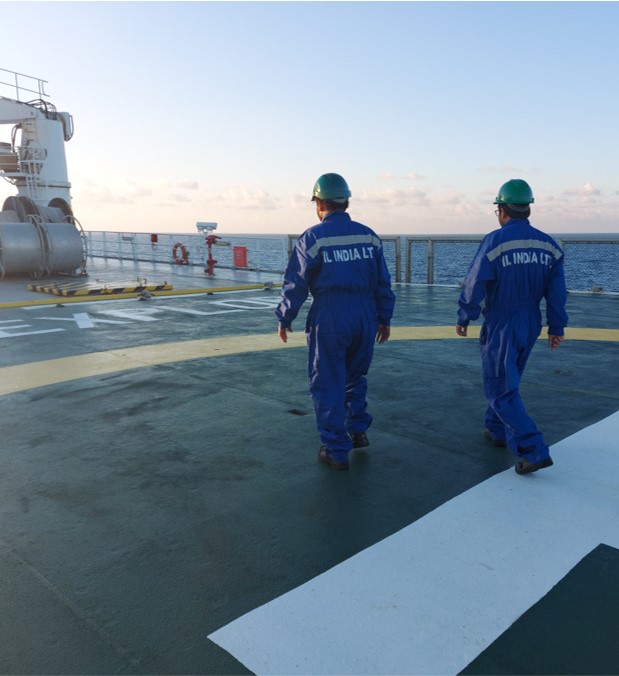
KGB & MB :
OIL made its first foray into offshore exploration in 1978 in the Mahanadi Basin by carrying out exploration activities in North-East Coast Offshore and Mahanadi Onshore & Offshore from its Bay Exploration Project Bhubaneswar.
Following this, OIL ventured into shallow to deep-offshore exploration in the Andaman Basin.
Alongside industry experts, OIL also established thorough performance benchmarks for HPHT wells in the Krishna Godavari Basin. Now OIL has set its sight on the western coast of India with recent exploration activities in Kerala-Konkan Basin.
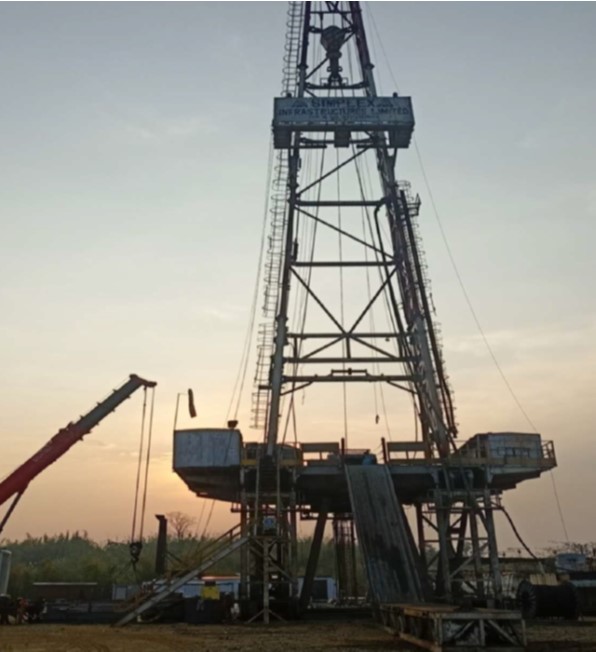
Frontier Basin :
Exploration activities have been carried out continuously for the last 150 years. The untapped near-field prospects and unexplored areas within the Main Producing Area (MPA) are comprehensively analyzed by the geoscientists of the Total Exploration Asset Management (TEAM) Centre utilizing modern interpretation tools and technologies that are imperative for the company’s future.
The geoscience group of the Frontier Basin situated in the FHQ is responsible for carrying out exploration activities in the fringe areas of the northeast (Assam & Arunachal Pradesh, Mizoram, Tripura, Nagaland & Meghalaya) part of India to identify new hydrocarbon resources.
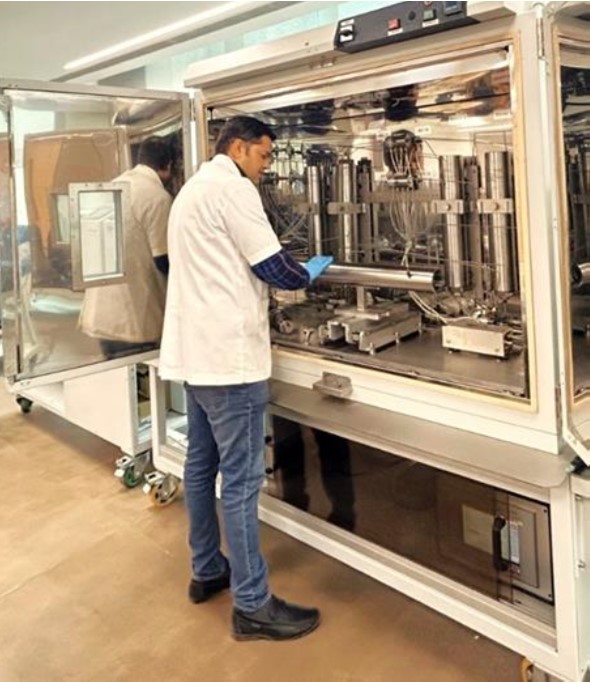
COEES :
CoEES, a DSIR (Department of Science and Industrial Research), GoI-recognised R&D institute set up in 2014 comprises of geologists, reservoir engineers, chemists/ geochemists who are engaged in field development and basin analysis studies.
Under CoEES OIL for the first time in India has been able to implement secondary and tertiary recovery techniques by carrying out downdip water injection and crestal gas injection in the reservoirs. CoEES is setting up a first-of-its-kind Centralized Core Repository to preserve the extracted conventional cores and cuttings from different spheres of OIL and other organisations operating in India, to ensure the efficacy of all future geoscientific and engineering studies.
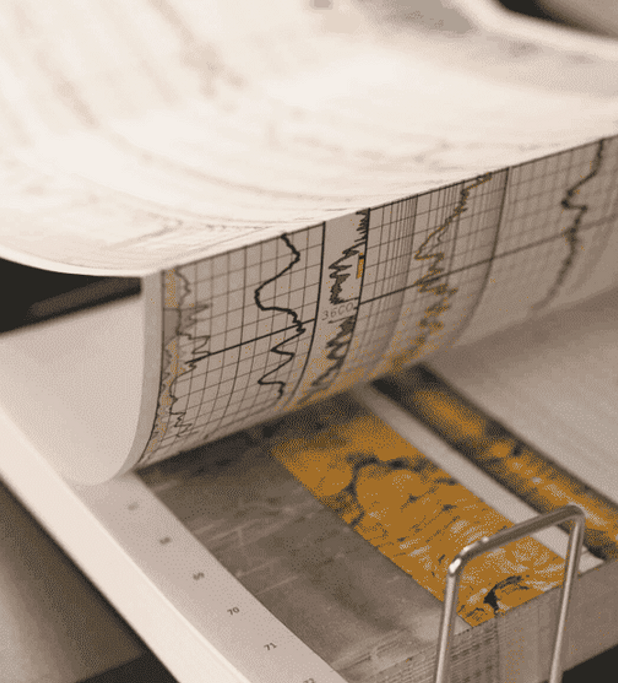
Well Logging :
The process of recording formation parameters against depth for locating reservoirs, contents, and the ability to produce oil, gas or water after interpretation is known as ‘Well Logging’. OIL’s Well Logging Department (WLD) was set up in 1978 under the directive of the Ministry of Petroleum & Chemicals, to develop self-reliance and save foreign exchange.
The Well Logging Department is equipped with state-of-the-art hardware and Geoscience PC based application softwares like Techlog, FRS, Emurade, WIPER & WIVA etc. Advanced logs processing and interpretation is also carried out.









